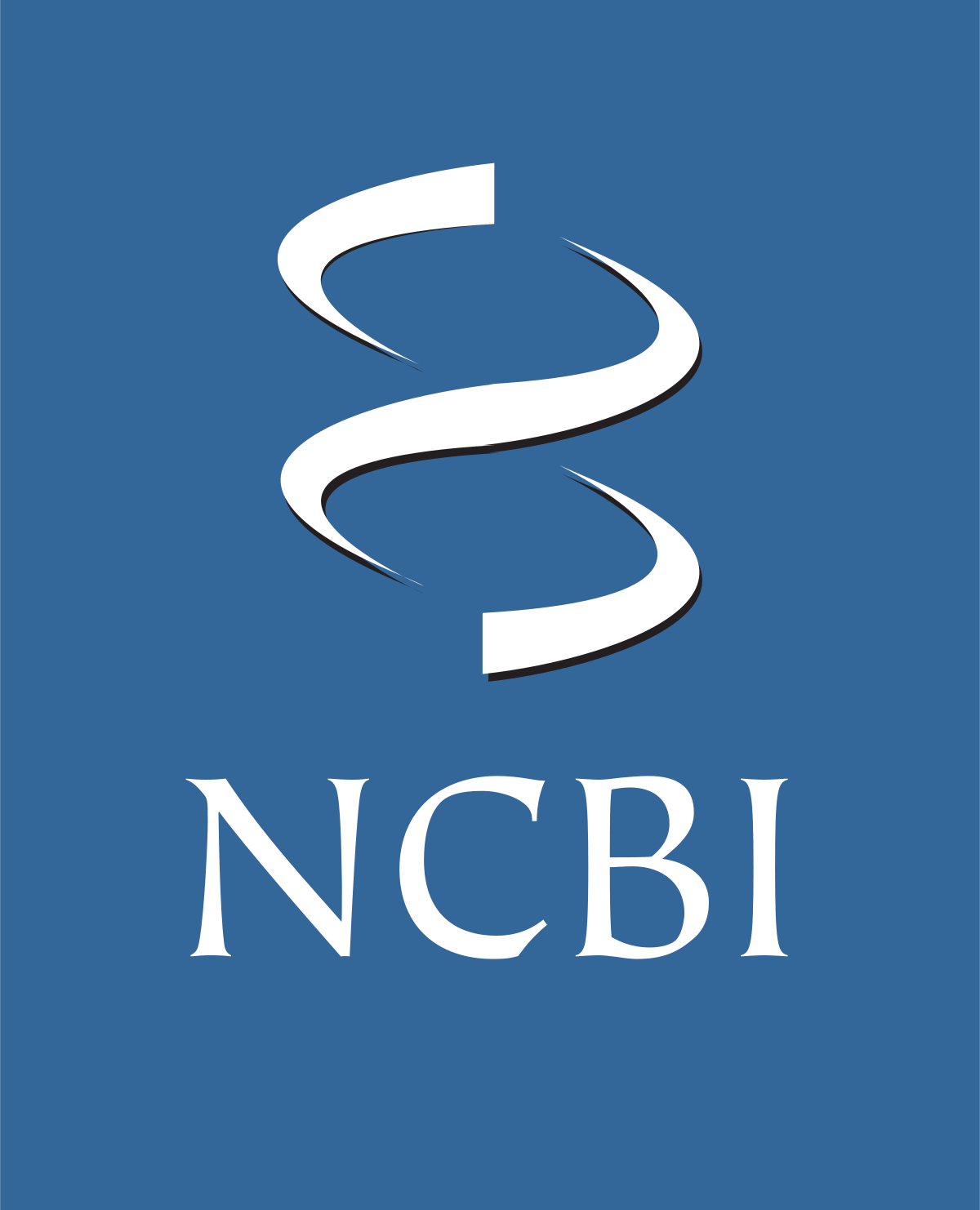Accession
MI0005729
Description
Apis mellifera
ame-mir-137 precursor miRNA mir-137
Gene
family?
family?
RF00694;
mir-137
Literature search
2 open access papers mention ame-mir-137
(3 sentences)
(3 sentences)
Sequence
gacuucauaggccagguuggcgacgcguauucuuggggaauuaacacacauuugcgcugUUAUUGCUUGAGAAUACACGUAguuugccuggucguucacu
.........((((((((.(((.(((.(((((((((((.(((.(((((.(....).).))))))).))))))))))).))).))).)))))))).......
.........((((((((.(((.(((.(((((((((((.(((.(((((.(....).).))))))).))))))))))).))).))).)))))))).......
Structure
gacuucaua u g c g u - a a
ggccaggu ggc acg guauucuuggg aau aaca c c u
|||||||| ||| ||| ||||||||||| ||| |||| | |
cugguccg uug UGC CAUAAGAGUUC UUA UUgu g g u
--ucacuug u A A G - c c u
Annotation confidence
Not enough data
Do you think this miRNA is real?
Comments
Weaver et al. identify a second variant mature miRNA sequence offset including an extra 2 nt (UG) at the 5' end, and 3 nt at the 3' end (GUU) [1]
Genome context
CM000065.5: 5447771-5447870 [-]
Mature ame-miR-137-3p
| Accession | MIMAT0004421 |
| Description | Apis mellifera ame-miR-137-3p mature miRNA |
| Sequence | 60 - UUAUUGCUUGAGAAUACACGUA - 81 |
| Evidence |
experimental
RTPCR [1], Illumina [2-3] |
References
|



